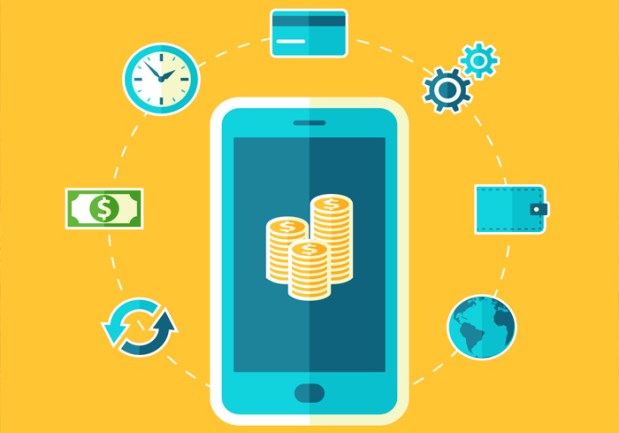How Technology is Changing the Money Transfer Landscape

In fragmented industries, opportunity comes with innovation. That’s especially true in the remittance arena, which is marked by a relatively slow, paper-based way of moving money around. But that’s changing. Eric Barbier, who is the founder and chief executive officer of TransferTo, which bills itself as a “mobile money hub,” told PYMNTS the paradigm is shifting in financial services and opening up finance to a whole population that has previously been marginalized.
Giving a 30,000-foot view, Barbier stated that though money transfers represent a half trillion dollar industry, it remains “dominated by cash transfers and retail outlets,” but that is changing. “The markets will become increasingly digital, with senders sending money via websites or mobile app, and receivers receiving the money as mobile money on their devices.”
The move toward digitization of payments has an extra benefit, according to the executive, as costs go down (in the absence of paper transactions) which in turn will engender volume growth. And we may even see behavioral changes: “Instead of sending a large amount of cash to one person who’s in charge to split it – with mobile money it becomes easy, and cost-effective, to send a smaller amount to several people.”
There’s a big role for telecoms to fill, and they remain key players in the success of mobile money and the payments system, according to Barbier. Mobile operators have the technology in place to reach any part of a given country through distribution networks. “Unlike banks,” noted Barbier, “mobile operators don’t focus solely on the ‘top of the pyramid.’ They provide services to the majority of the population in developing markets.” That’s crucial to getting services to the 2.5 billion people around the globe who are currently among the unbanked.
“Mobile phone ownership is nearly universal in developing markets,” explained Barbier, “and already 300 million people are benefitting from mobile money accounts.” With continued support from mobile operators, he posited, as many as 1 billion people will have access to those mobile money accounts by the year 2020. “That’s absolutely huge,” Barbier said. “Mobile operators have the power to essentially solve the challenge of the unbanked. In just a few years, mobile money could become the main way that people in these countries use and spend money.”
With emphasis on his own company, Barbier pointed out that TransferTo’s Mobile Money hub has the ability to speed international remittance, with added security and simpler processes in place. The hub, he said, “interconnects financial institutions and mobile operators worldwide,” with “a single access point to mobile money operators.” That single point, he explained, helps money move across the globe. “When you send money to a Mobile Money account the receiver will receive the funds instantly on his phone which enables him immediately to pay someone, buy airtime, pay a bill or cash out at a local agent,” said Barbier, who added that the account itself is protected by a specific PIN.
TransferTo, for its part, has created the largest global hub for mobile airtime transfer with more than 400 mobile operators across more than 100 countries. The company also has partnerships in place with PayPal, Western Union, Xoom and others. “We recently introduced a subscription service for airtime top-up with PayPal so you can automatically top-up your mobile account or send a top-up automatically every week to a friend or family member,” Barbier noted, as an example of innovation derived through joint efforts and focused on smaller-scale payments.
Looking forward, Barbier stated that his company’s Mobile Money accounts could evolve into “an important payment instrument for merchants online.” In that scenario, consumers with TransferTo accounts could make purchases from international merchants through the Mobile Money Hub.
